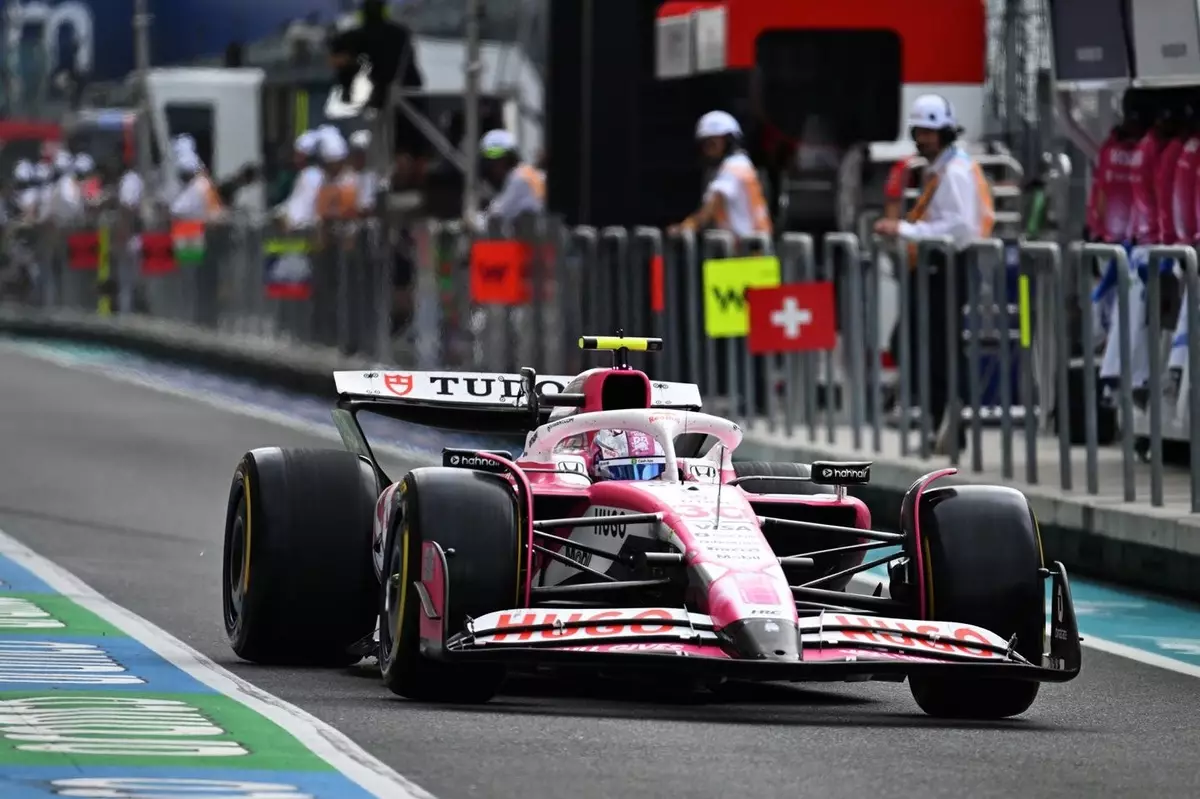The upcoming Emilia-Romagna Grand Prix is set to be a pivotal moment for the Racing Bulls Formula 1 team, unveiling their much-anticipated upgrade package for the 2025 season. This significant event is not merely a race but a crucial testing ground for the team, allowing them to gauge the effectiveness of their newly integrated components. However, the excitement surrounding the upgrades may be a bit overstated. As team principal Laurent Mekies accurately points out, the reality may not match the expectations. With the team focusing on a new floor and bodywork that represents the bulk of their performance upgrades, there is an underlying tension between ambition and cautious execution.
Racing Bulls, located a stone’s throw from Imola, has labored meticulously to prepare these upgrades, yet a crucial lesson from last year’s struggles looms large. The team famously miscalculated their Barcelona upgrades, leading to a decline in performance rather than the anticipated surge. This painful reminder hovers over the Racing Bulls as they strive for substantial improvements while simultaneously wrestling with the delicate nature of car development in Formula 1.
Cautious Optimism Amidst Ambitious Goals
The essence of Racing Bulls’ strategy this year reflects a tempered optimism. They have acknowledged that drastic modifications are fraught with uncertainty. As Mekies articulates, “the relationship between aerodynamic changes and the vehicle dynamics is intricate,” and missteps can lead to significant setbacks on track. This insight shapes their approach to the upgrades, emphasizing incremental progression over radical changes. Having previously felt the sting of rushed developments, the team is now prioritizing stability and reliability—qualities essential in the hyper-competitive milieu of modern Formula 1.
This cautious evolution is especially relevant in the context of the fiercely competitive midfield battle this season. A fractional improvement—a mere tenth of a second—can have seismic implications for qualifying results, determining whether the team lands in Q1 or Q3. For Racing Bulls, these nuances are critical. They have found themselves oscillating within the midfield, scoring commendably during the Chinese and Japanese rounds yet struggling to maintain that momentum elsewhere. This inconsistency has resulted in them languishing in eighth place, reinforcing the necessity for each minor upgrade to translate into tangible on-track benefits.
The Balancing Act of Formula 1 Development
What sets Racing Bulls apart in their approach to upgrades is their unique understanding that the modern Formula 1 landscape is no longer about grandiose advancements but rather mastering the art of small, incremental enhancements. Mekies’ insights into the current dynamics highlight an essential truth: the clock is ticking on their competitive ability, and the reality of the rules cycle demands a shrewd balancing act between short-term improvements and long-term strategy. This measure of prudence prevents them from compromising their overall development trajectory for quick gains, reflecting a maturity in their operational philosophy.
This year’s upgrades may not turn heads initially, but the team seems undeterred. Instead, they are poised to see these small steps as a foundation upon which further advancements can be built. With each race weekend presenting new opportunities for fine-tuning both car setup and aerodynamic performance, Racing Bulls appear focused on a longer game—one that could pay dividends not just this season but heading into 2026.
The Countdown to the Crucial Assessments
The upcoming Spanish Grand Prix, scheduled for June, looms as a significant evaluating point for Racing Bulls—and indeed for many teams in the paddock. Mekies has emphasized that this race will be critical in determining whether they can push forward with further developments or pivot their strategy towards the next season. The fine line between progress and potential regression in car performance cannot be overstated, especially in light of new regulations targeting front wing flexing, which could recalibrate the competitive balance in unforeseen ways.
As Racing Bulls prepares for Imola, they have their eyes fixed not just on this race but on the larger strategic horizon. Their thoughtful approach may well set a precedent for how teams manage development in an era defined by rapid change and increasing competition. In a sport where every fraction of performance counts, Racing Bulls’ commitment to careful, calculated enhancements may ultimately enable them to navigate the turbulent waters of F1 racing effectively.

